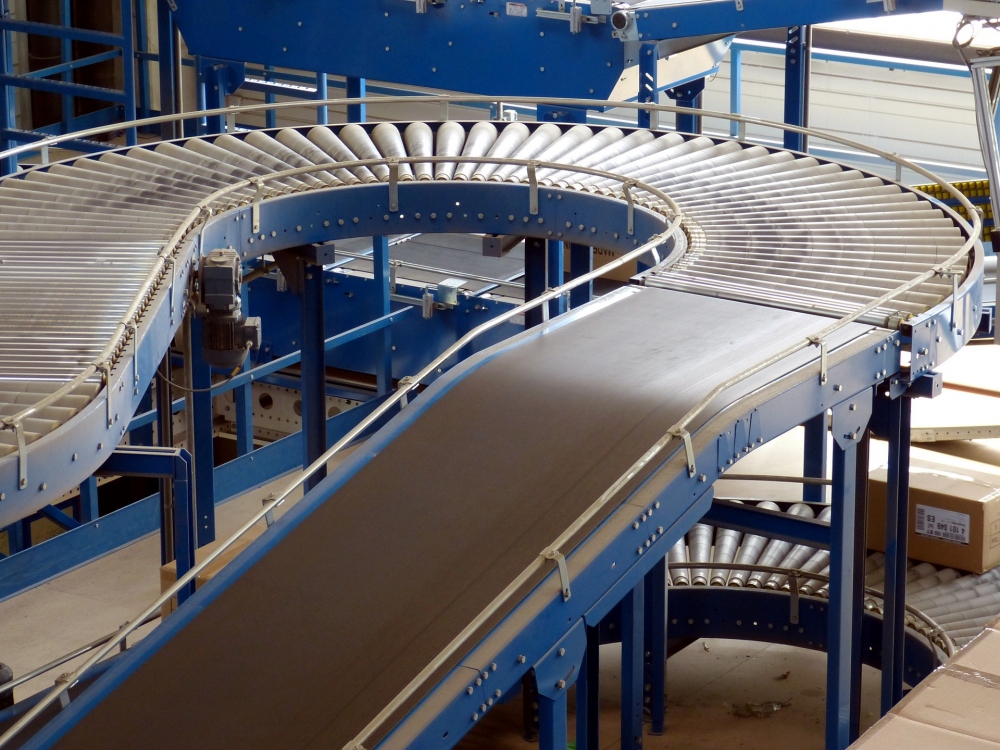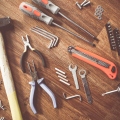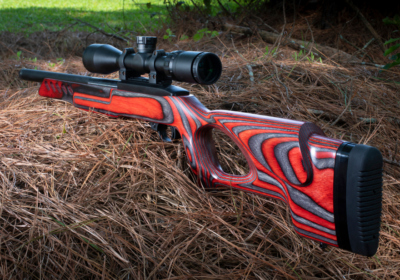Conveyor belts are universally useful items, you can see them practically anywhere. However, they may seem very simple on the surface, but are actually rather complex. To get the right type of conveyor belt for your business, you need to keep a couple of things in mind. Below you can find things that are important when choosing the right conveyor belt for you.
Product specs
First, you need to decide on the specifications of your products. This is the most important element when choosing a good conveyor belt, since it needs to be adapted completely to the products your handling. So, let’s begin.
First, what is the weight of your products? Your conveyor needs to be able to handle the maximum weight of the products you’re handling, otherwise it can get damaged (or just work too slowly). You also want to keep an eye on the dimensions of your products. You need specialized belts for oddly shaped items, and of course, they can be too big, otherwise they won’t fit on your belt in the first place.
The type of product also matters. Depending on the materials or composition of the products, you may need a plastic or metal belt. Perhaps you need a chain driven one, or a roller (more on that later).
Guide rails and transfer
Another factor that makes choosing a conveyor belt difficult are guided rails. Namely, you don’t always need guide rails. Remember to have enough space on curved sections of your belt, and have a lot of rail spacing when you have your products moving about. Certain products don’t react well to guide rails at all. For example, some go by them smoothly, while others can cause them to jam.
You also need to pick the right transfer system. Namely, there must be a way you can place a product onto your conveyor belt, or from one belt to another. Things like dead plates, gravity rollers, side to side transfers…
Types of conveyor belts
Let’s say you invested in a good conveyor belt coming from Belle Banne, and then you notice it’s the wrong type. Namely, what you actually needed is a powerful spiral conveyor belt that can bring a heavy object to an elevated position. Instead, you bought an inclined belt that just doesn’t have enough juice and power to get your products where you want them to be.
Some belts have a lot of power behind them, with lots of friction. You have cleated conveyor belts, wedge conveyors… Namely, asses the type of product you have, and figure out where it has to go. Once you do that, you need to choose the right amount of power and the right set up for your conveyor belt.
What is the environment surrounding the conveyor like
People too often neglect the environment in which the belt can be found. Namely, you need to understand that the environment can greatly influence the operation of your belt, and even workplace safety can be hindered. For example, if your belt is surrounded by machines that cut and process metal, the residual metal shavings can get into your conveyor belt. This can cause serious malfunctions and damage. The same can be said if you’re handling liquids in the vicinity of the belt. Accidents happen, and then you will not only need to clean up the mess made by the spilt liquid, you will also need to fix up the belt as well.
The point we’re trying to make here is this – try to place your belt in a proper environment, or, get proper covering and protection for said belt.
Conclusion
Conveyor belts are an important, but often neglected part of equipment. Yet, for many businesses they are absolutely vital. In order to choose the right belt for you, you need to understand how well it can handle the products you are transporting, where do they need to go, and what the environment surrounding the conveyor belt is like.







Recent Comments